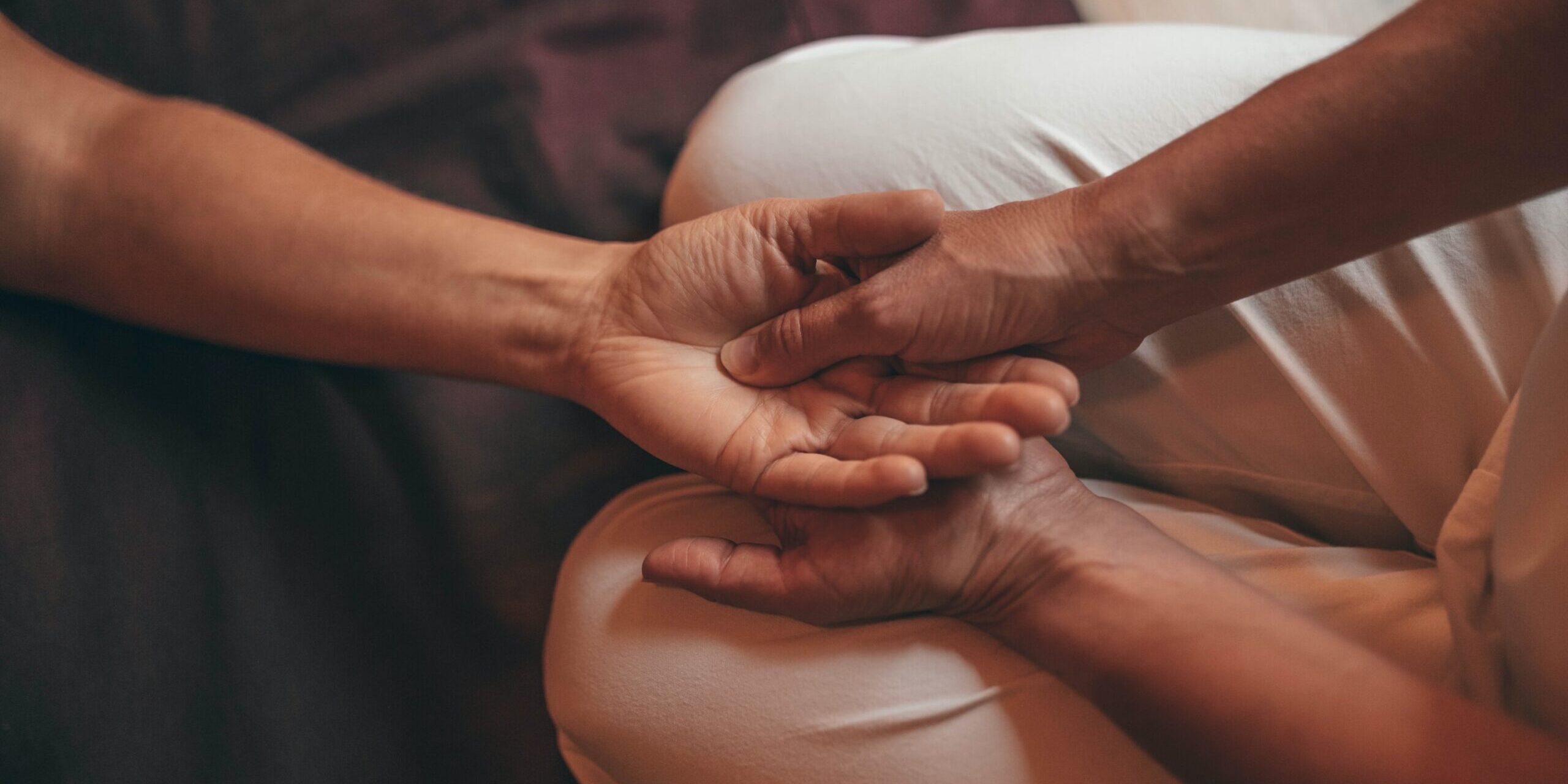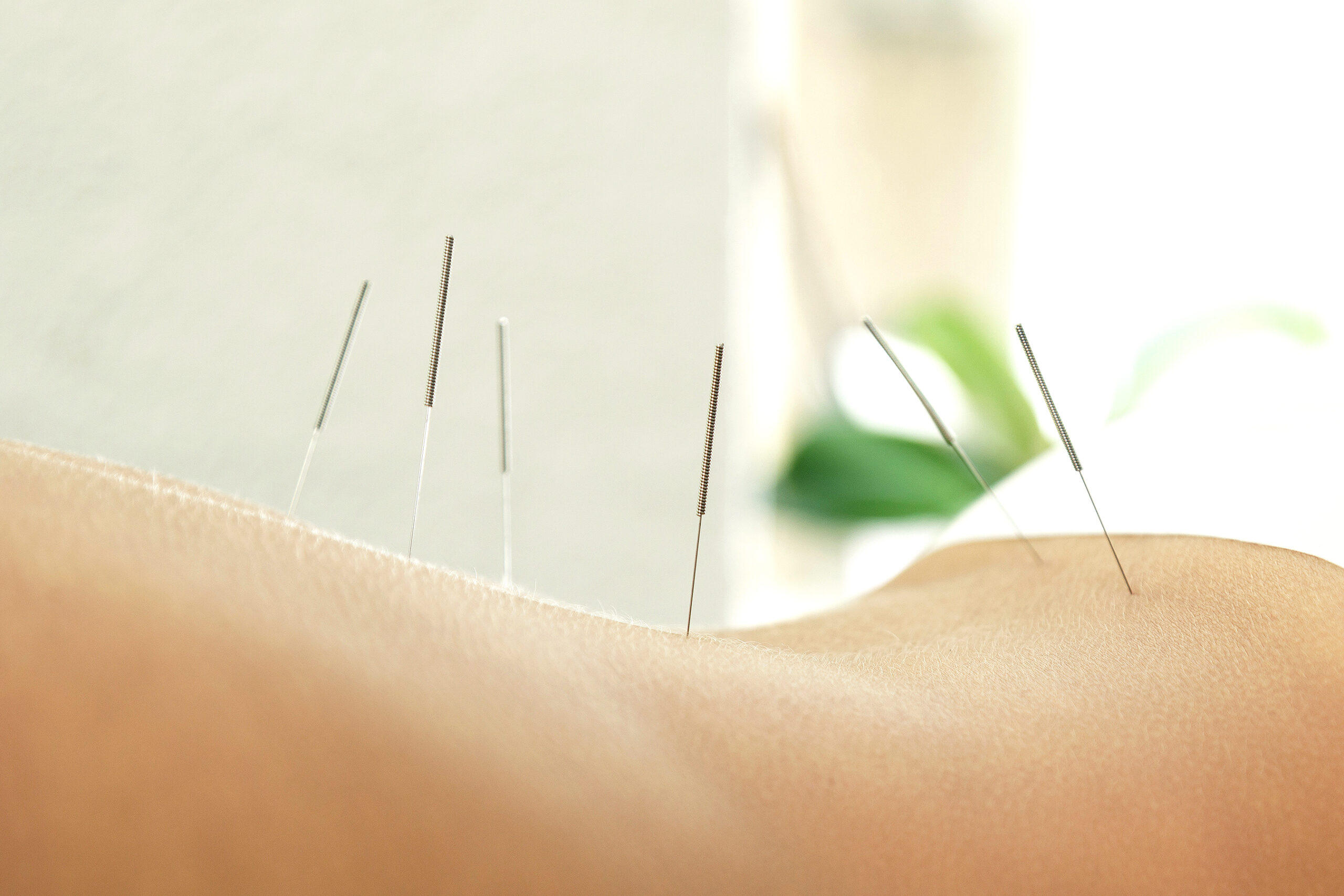
Low back pain is a very common problem in the United States and around the world. About 80 percent of adults have low back pain at some point in their lives. It’s the most common cause of job related disability and a leading contributor to missed work days and visits to physicians.
Acute low back pain is often defined as pain that lasts for up to 4 weeks. In most cases, acute low back pain goes away without causing any lasting problems.
Low back pain that lasts for between 4 and 12 weeks is called subacute. If low back pain lasts for 12 weeks or longer, it’s called chronic.
The American College of Physicians issued a clinical practice guideline for the treatment of low back pain in 2017. The guideline recommends that health care providers and patients use non-drug treatments as first line therapy for chronic low back pain. It also recommends the use of non-drug approaches for acute low back pain, with or without drug therapy. Acupuncture is one of the most popular complementary treatment for acute low back pain, chronic low back pain, or both.


After making a diagnosis based on Eastern Medicine principles of palpation, asking, observation, and listening, the practitioner will formulate a treatment plan which might include the insertion of acupuncture needles in the back, near the area of the pain, or distally, in the extremities, to stimulate the nervous system.
The peripheral and central nervous systems react to the stimuli of the needles; as a result, blood flows to the injured area and the rest of the body’s natural healing mechanism takes place.
Herbs might be prescribed to support the healing of the root cause of the problem; in addition, minor changes to one’s diet can be helpful with the reduction of inflammation.
Exercise and stress management are important activities to do regularly, in order to maintain strength, flexibility, weight control, blood pressure and circulation.

